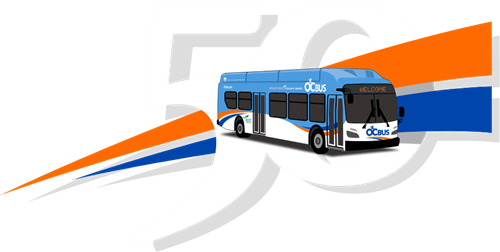 50TH ANNIVERSARY
50TH ANNIVERSARY
 50TH ANNIVERSARY
50TH ANNIVERSARYTransforming public transit
From testing new fuel technology to environmental advances, mobile app development to fleet configurations, we continue to lead the future of transit.
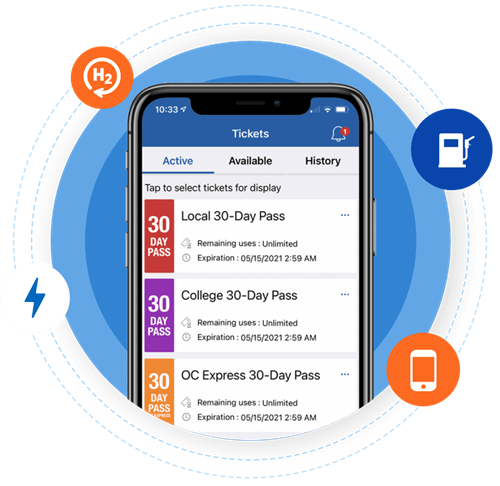

Innovations
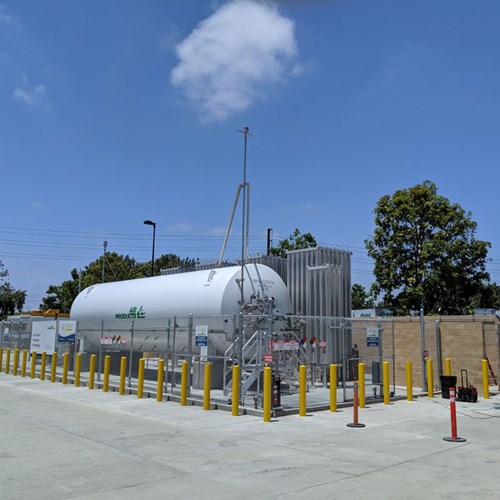
Hydrogen Fueling Station
To service the new Hydrogen Fuel Cell buses, in 2020 we installed the largest transit-operated Hydrogen Fueling Station in the country at our Santa Ana bus base. The fueling station has an 18,000-gallon fuel capacity, scalable to 100 buses.
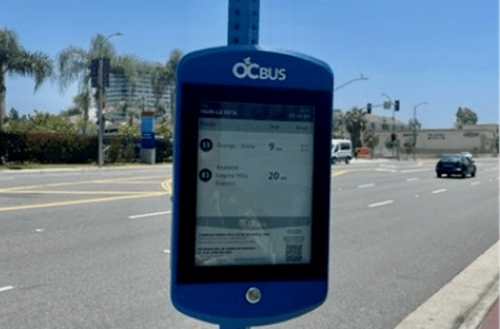
New Digital Signage
In 2022, we replaced 23 traditional bus signs with electronic signs along Route 53 to offer customers real-time arrival information to improve their riding experience. These new signs allow OCTA to easily send updates to the devices to help customers make better connections and receive enhanced communications.
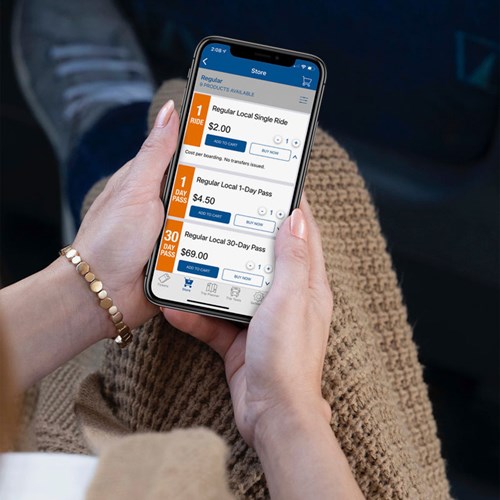
Mobile App Makes Riding Easy
Convenient mobile ticketing was launched in 2016 with the OC Bus Mobile App. The app made paying and riding easier by eliminating the need for cash, allowing for multiple payment methods, and providing easy trip planning from within the app.
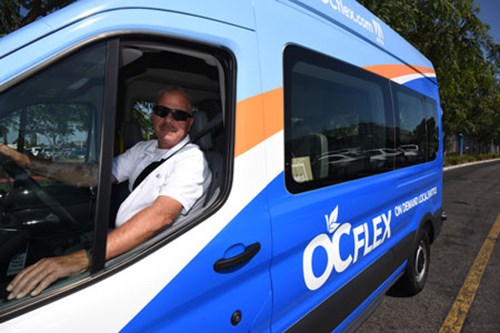
OC Flex Expands Mobility
OC Flex was launched in 2018 as a pilot project to adapt to the changing needs of our communities and provide alternative transit modes to improve mobility for our residents. OC Flex is an on-demand service providing curb-to-curb service within a specific zone for a low cost of $4.50 per day for unlimited rides and currently operates in South Orange County.
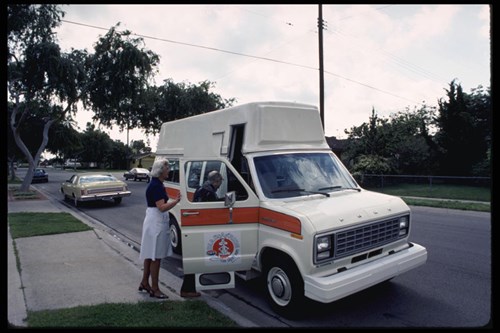
Dial-A-Ride Connects Riders to Local Bus
Providing needed connections to a young transit agency, Dial-A-Ride service was introduced in 1973 with six 19-passenger propane powered vehicles. This was the first such service west of the Rockies. This on-demand service operated in local communities and connected passengers to local and express routes.
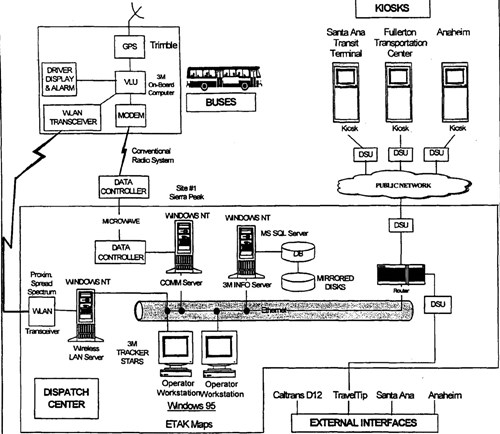
Transit Probe First in Nations
In 1998, Transit Probe, which was the first of its kind in the nation, launched using satellite technology to provide transit and general traffic information. The GPS system was installed on 15 buses that allowed for their exact location to be monitored. This technology allowed us to better track our buses, coordinate transfers and plan better bus schedules. The bus location was also made available to customers at several transit locations via a kiosk to provide estimated arrival time.
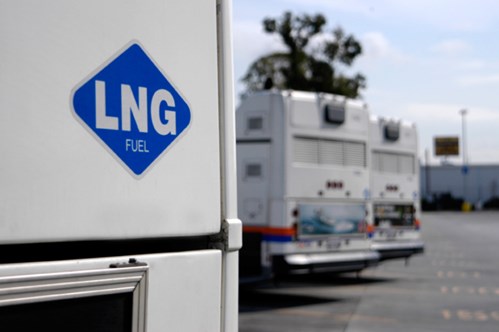
LNG Alternative Fuel Introduced
In 2000, the OCTA fleet welcomed 61 40-foot Liquified Natural Gas (LNG) buses as a first step to help improve the region’s air quality. These new LNG powered buses emit 60 percent lower emissions than the diesel buses in the fleet. To power these vehicles new LNG storage and dispensing stations were constructed at the Garden Grove and Anaheim bus bases.
